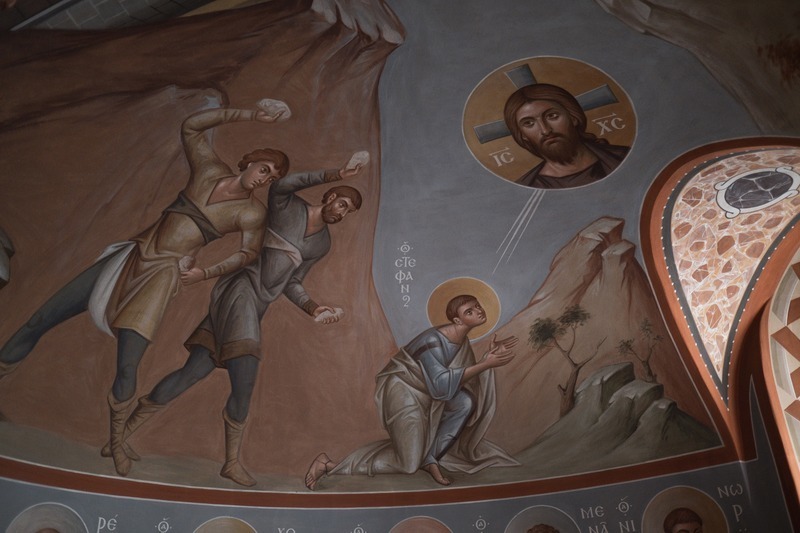
A group of archaeologists made an amazing discovery when they found a secret network of apartments buried beneath the ancient Nubian city of Old Dongola in Sudan. The sun-dried brick walls of these apartments are adorned with Christian murals from the Funj Period, which spans the 16th through the 19th century C.E., according to the Polish Centre of Mediterranean Archaeology at the University of Warsaw, which is in charge of the dig.
The discovery was made in the last year of the UMMA grant from the European Research Council, which sponsored the project "Urban Metamorphosis of the Community of a Medieval African Capital City."
Secret Medieval Chamber with Beautiful and Interesting Artworks
In a surprising turn of events, the Christian paintings in the underground complex beneath Old Dongola, Sudan, contain rare and unusual representations of religious characters. According to Christian Post, in a highly unusual configuration, the Virgin Mary, a Nubian monarch, Saint Michael the Archangel, and Jesus Christ are depicted in the artwork, according to the Polish Centre of Mediterranean Archaeology.
The king is said to be drawn kissing Christ's hand as he bows to him while he is seated in the clouds, according to the PCMA statement. With his wings open, Archangel Michael offers both the king and Christ a shield of defense. There are no documented Nubian paintings that depict this specific scene.
On the opposite side of the chamber wall, the image of Jesus Christ has also been discovered by researchers. In this representation, Christ is depicted holding a book in his left hand and extending his right hand in a blessing.
One of the involved archaeologists, Artur Obluski, tweeted his appreciation and said that the "gods of excavations favored us" during this final funding period. In the story shared in Art News on the distinct aesthetics and themes of the recently found paintings in Old Dongola, archaeologist Obluski stressed their importance for comprehending the development of African art. Obluski's statement on these works' inventiveness and adaptability refutes the idea that African artists merely tried to imitate Northern art trends. He suggests an alternative paradigm that is based on Nubian and African viewpoints.
The rooms where these paintings are also mysterious, in which is heightening the fascination. The area is not likely to have been a tomb because it is elevated. The rooms are also oddly shaped and quite small. The artwork might have been produced in this secret location when King David and his army of slave soldiers neared Dongola, according to researchers' theories.
Priceless King David Painting Discovered in Ancient African Capital Amid Challenging Conditions
In the article shared by The First News, the King David painting is in a room that the Polish Centre for Mediterranean Archaeology described as crypt-like. Still, it is seven meters above the medieval ground level. While working in the cramped area, the researchers had to deal with time constraints and high temperatures, even in March. The paint layer on the uncovered artwork is astonishingly well-preserved despite considerable separation from the wall.
One of the most significant states of the African Middle Ages was Old Dongola, which served as the Makuria kingdom's capital throughout the fifth and sixth centuries. Professor Kazimierz Michalowski, a renowned archaeologist frequently called the "Polish Indiana Jones," directed research in the city in the 1960s.
Now, conservators working under the direction of Magdalena Skarzyska from the Polish Centre for Mediterranean Archaeology are protecting the priceless paintings. This priceless discovery has greatly enhanced the knowledge of the area's aesthetic and cultural past.
Related Article: Huge Fire Engulfs New York City Church, Destroys Roof, Interior Artwork


















